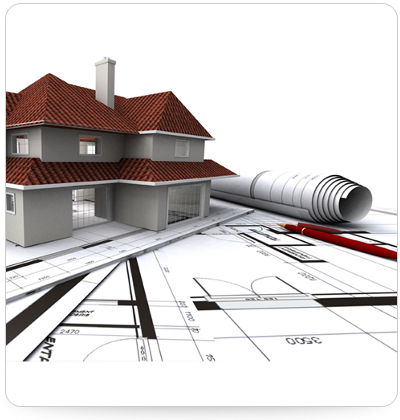As the economy improves, often the construction business is not so good, but the industry is still looking for sound strategies, not just structures. After the housing squeeze a few years ago, value is still on people’s minds because there is no guarantee that another downturn could be around the corner.
Mike Miller, Mid-Atlantic division leader for Southland Industries, Dulles, VA, a mechanical construction firm, and Jim Snyder, director of operations for construction company Warrior Group, Columbus, OH, give us insight on trends to look for this year.

1) One design model
Miller points out that traditionally, engineering documents were created then given to the contractor to re-draw with different information. Now, to save time and money, there’s a move to bring it all in-house, engineering, co-ordination, creating a one-stop shop. With the right coordination, models can and should, says Miller, go through engineering well into construction. “Thirty-month projects can get turned into 24-month projects,” he adds.
Top trends in construction and building, from single design patterns to permanent modular construction, have implications for the future.
Top trends in construction and building, from single design patterns to permanent modular construction, have implications for the future.
2) Materials
Miller, who has a degree in architectural engineering, says materials like custom sheet metal are popular as a guaranteed pressure-rated high quality, but it’s how the materials are used that makes the difference. Going for industrial off-site construction fits right into the ongoing theme of improvement schedules. “Instead of joining one piece of canal work you can join 20 feet of canal in total,” Miller says. “It’s about moving more work from the field to the shop.”

3) Energy efficiency
Energy consumption is always top of mind in construction, says Miller. He points out systems to recover energy with heat wheels and sensors become important. An example of the latter is the myriad of interior conference rooms that can be left empty for weeks. When the sensor detects carbon dioxide in a room, it changes the ventilation and therefore the energy required.

4) Permanent Modular Construction
Snyder proposes that permanent modular construction will be a huge trend in the coming years, saying construction could easily last more than 50 years. “It looks exactly like commercial construction and can be done using many of the same things. Metal studs, concrete, or even wood” Snyder says the modular design fits particularly well if you’re short on time, from fast food restaurants that need to go up quickly to army barracks to military deployments. “It also allows you to have an easier time doing the building as you go,” he says. “Instead of building 100,000 square feet, you can do 25,000 and then later, add on”. Snyder, who has a degree in building science, sees it also becoming part of high-rise construction and is particularly popular as it fits in with LEED requirements. The main thing, he says, is changing people’s minds about what they imagine. “They see it as a box,” he says, “but it can be so many things you want it to be.”
5) Probably … You are
According to Miller, a well-rounded mechanic who can go beyond the calculations into the fitting of these agreed technical design models will make himself invaluable. The only question is: Are you flexible enough for the challenge?

Sveiki, esmu celtnieks un esmu par to ļoti lepns, daru savu darbu no sirds, un priecājos par rezultātu. Brīvajā laikā rakstu blogu, spēlēju futbolu, un pavadu laiku ar ģimeni.
Aivars.

